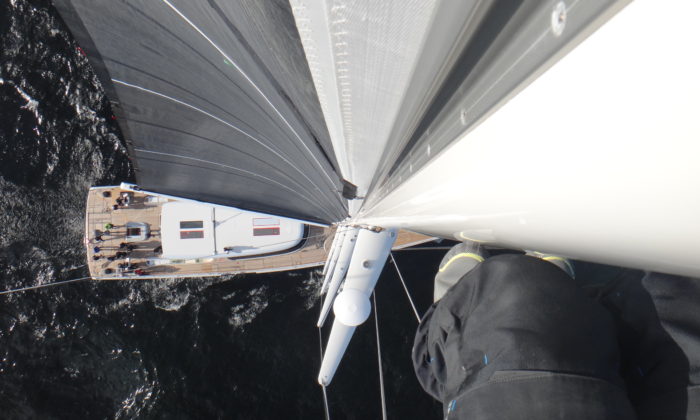
22nd June 2020: International NDT Ltd, the globally mobile non-destructive testing organisation, has completed two large scale projects as part of the continuation of its working partnership with superyacht spar and structures manufacturer, Rondal. The specialist company, which carries out quality assurance of Rondal’s advanced composite productions, provided inspection expertise to the masts and booms of the massive 81m (266ft) Royal Huisman-built Sea Eagle II and the 43m (141ft) Baltic-built Canova.
International NDT has partnered Rondal over the past five years using the most advanced techniques available to carry out NDT inspections of newly constructed masts, booms, systems and composite structures for the world’s largest yachts.
Friso Hylkema of Rondal testifies: “It’s always a pleasure to work with International NDT on our projects. Their expertise enables us to continuously improve the quality of our composite laminates. The NDT work is of significant added value as an important element within our quality assurance program.”
Sea Eagle II’s carbon composite masts and booms are now stepped in the yacht which is the largest aluminium sailing yacht in the world, and she is undertaking sea trials.
International NDT’s inspections are an integrated part of the Rondal quality assurance programme and through working together each company has been able to develop their systems and processes resulting in higher quality end products and a tailored method of reporting the inspection data to meet each client’s needs.
“As an independent party, International NDT gives us reliable data that we can trust,” adds Friso. “The way the data is dealt with, the method selection and data interpretation produces powerful information, maximizing its value.”
Meanwhile the quality and resulting safety of high performance superyacht structures are not the only aspects of safety which International NDT is working hard on. Referring to current workplace environments Giles Waterhouse of International NDT reports: “We take our social responsibilities very seriously. We have adapted our operational methods to be able to work throughout the past three months so that we can continue to support our clients. Components and personnel have been transported by road instead of by air and social distancing is being closely observed both on site and throughout our travels.”
